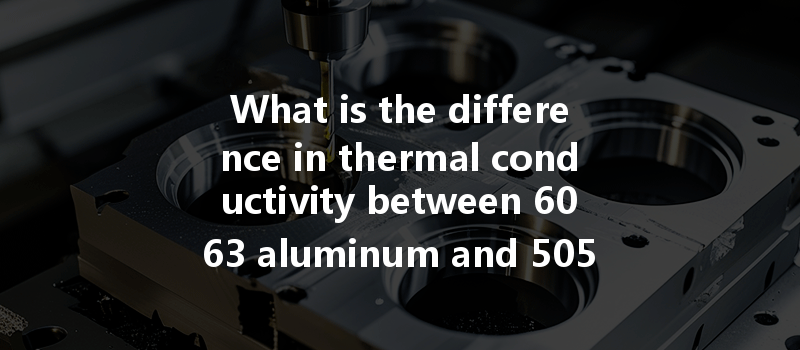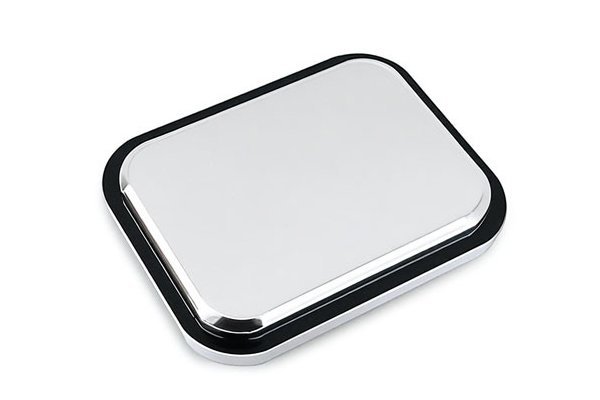—
Opening
Are you aware that aluminum has become one of the most widely used materials across various industries, thanks to its superior mechanical properties and lightweight nature? Notably, aluminum alloys exhibit remarkable differences in thermal conductivity, which can significantly impact their use in CNC machining applications. As designers and engineers continually seek materials that not only perform well but also enhance efficiency, understanding these differences can be key to successful project outcomes.
Understanding Aluminum Alloys: An Overview
To appreciate the differences between 6063 and 5052 aluminum alloys, it’s essential first to grasp what aluminum alloys are. Aluminum is alloyed with other elements to improve specific characteristics, such as strength, corrosion resistance, and thermal conductivity. The two alloys in focus are:
The Importance of Thermal Conductivity in CNC Machining
Thermal conductivity is the material’s ability to conduct heat. In CNC machining, understanding thermal properties is crucial because:
Thermal Conductivity of 6063 vs. 5052 Aluminum
The thermal conductivity of aluminum alloys varies depending on their composition and processing, making the comparison between 6063 and 5052 essential for CNC applications.
Detailed Comparisons and Implications for CNC Machining
When choosing between 6063 and 5052 aluminum alloys for CNC machining, it is not merely a question of thermal conductivity. Each material’s characteristics bring unique implications for machining processes, tool selection, and the end use of the parts produced.
Machining Processes and Efficiency

Tool Selection and Wear
Choosing the right cutting tool becomes critical when working with different aluminum alloys. The thermal properties directly affect the choice of coolant, feed rate, and spindle speed:
Solutions to Optimize CNC Processing
Understanding the interaction between thermal conductivity and machining allows engineers to implement specific strategies to enhance CNC processing efficiency:
In conclusion, understanding the differences in thermal conductivity between 6063 and 5052 aluminum alloys is crucial for optimizing CNC machining processes. The higher thermal conductivity of 6063 aluminum offers advantages in terms of tool life, material performance, and workpiece integrity, making it a preferred choice for many applications. In contrast, while 5052 aluminum demonstrates excellent corrosion resistance, its lower thermal conductivity could pose challenges in high-heat environments.
Choosing the right aluminum alloy not only impacts the quality and durability of the finished product but also influences production efficiency and costs. For manufacturers, engineers, and designers alike, gaining insights into these distinctions enables better decision-making and ultimately contributes to the success of projects.
As you embark on your next CNC machining endeavor, consider thermal conductivity as a foundational aspect—serving as a key element in achieving the desired outcomes and enhancing your competitive edge in the market.
—
Additional Thoughts: The Future of Aluminum Machining
As technology continues to evolve, innovations in alloy development and CNC machining processes will lead to more efficient, sustainable practices. Keeping abreast of these advancements is essential for anyone involved in metallurgy and manufacturing.
This blog serves as a resource that not only discusses specific materials but also emphasizes the importance of comprehensive knowledge in optimizing CNC machining practices across industries.






